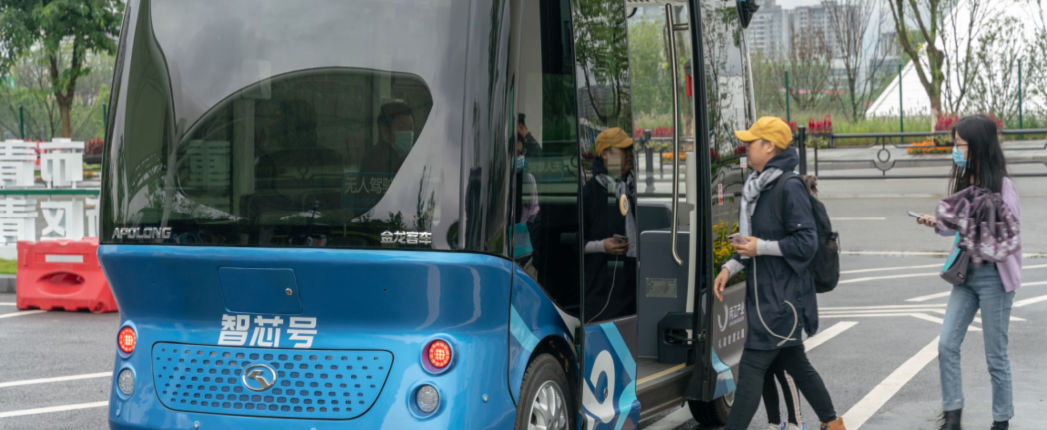
Battery swapping could make heavy-duty battery vehicles a viable alternative to diesel, but there are obstacles before this bastion of fossil-fuel transport falls. Once overcome, annual sales could reach 350,000 units by 2030, a China-based transport analyst predicts.
Trucks and buses make up 10% of China’s on-road vehicle fleet but account for 50% of greenhouse gas emissions, according to a China Daily report. The country is also the world’s biggest greenhouse gas emitter in absolute terms.
A combination of rising oil prices and concerns about the environment could stimulate a market for swapping, bolstered by government incentives, Shirly Zhu, principal analyst for the technology market research company Interact Analysis, wrote in a report published earlier this year.
Battery swapping offers a host of benefits. They can be charged off peak when electricity is cheaper and the load on power stations is lower, she told Lube Report. Swaps can also take a few minutes rather than hours.
“Due to the fast ‘energy refilling,’ a battery-swapping station does not require as much space as a charging station to serve the same amount of new energy vehicles,” Zhu explained.
While sales of battery EV heavy-duty trucks have increased significantly in the past year in China, they still account for only about 1% of total heavy-duty truck sales.
Overall, truck sales in China in the first quarter of 2022 declined 44% year on year. Over the same period, new energy truck sales increased by 231% to 13,191 units, of which vehicles in the heavy-duty category rose by 664%, with 4,729 units being sold in the first quarter of 2022.
Zhu points out that major challenges must be faced before broad acceptance is possible. Foremost is uniformity. According to the automotive website Autopian, China’s truck market is fragmented between dozens of original equipment makers. It is also regionally divided with few companies selling nationally. Each company has its own battery design.
Until the heavy-duty truck industry achieves uniformity, operators will struggle to offer a comprehensive service and be financially viable, Zhu wrote. She is cautious about when the adoption tipping point may be.
“It’s difficult to say a specific time point, but there is a potential to be materialized in the long term,” she told Lube Report. “Government engagement plays a key role” to expand the battery-swapping network.
Other contributing factors include sales reaching critical mass and operators exploring diversification of revenue streams through battery recycling for other applications, she said.
Zhu also points out concerns about the safety of storing large numbers of batteries at a swapping facility, as well as the scale of investment in acquiring stocks of swappable batteries.
The last point is notable since there are questions regarding the useful lifetime of batteries and how often they can be recharged.
The swapping solution could enhance battery lifetimes because batteries could be recharged using the slow-charging process instead of the fast-charging process, which can shorten battery life, Zhu said.
Other challenges outside of the technology itself – the commercialization of fuel cells, which the Chinese government is promoting, and advancements in solid-state battery technology – could make battery-swapping unviable, Zhu explained.
“It’s hard to say if all these inhibitors will be overcome in the future, lack of industry standard for battery-swapping is on the top of the barrier list, some local governments in China started to work on standards but it requires cooperation between OEMs and battery manufacturers at the end of the day,” Zhu told Lube Report.